£18.99
Norwegian Runes and Runic Inscriptions by Terje Spurkland explores the world of Runes. A unique functional writing system, exclusive to northern and eastern Europe, were used for some 1300 years in Scandinavia. From about AD 200 till around the end of the fourteenth century. When the runic alphabet, called fuþark after the six first characters, finally gave way to the modern writing system.
Runes were not written, but carved – in stone, and on jewellery, weapons, utensils and wood. The content of the inscriptions is very varied, from owner and carpenter attributions on artefacts to memorials to the deceased on erected stones. Contrary to popular belief, they are not necessarily magical or mystical, and the post-it notes of today have their forerunners in such runic reminders as: “Buy salt, and don’t forget gloves for Sigrid.”
The typical medieval runic inscription varies from the deeply religious to the highly trivial [or perhaps crucial], such as “I slept with Vigdis when I was in Stavanger.” This book presents an accessible account of the Norwegian examples throughout the period of their use. The runic inscriptions are discussed not only from a linguistic point of view but also as sources of information on Norwegian history and culture. Terje Spurkland is Associate Professor of Nordic Medieval Studies at the University of Oslo.
Norwegian Runes and Runic Inscriptions Dimensions:
- Paperback: 216 pages
- Publisher: Boydell Press; Illustrated edition (3 Nov. 2005)
- Language: English, Germanic
- ISBN-10: 1843831864
- ISBN-13: 978-1843831860
- Product Dimensions: 15.6 x 1.42 x 23.39 cm
Interested in procuring your own set of runes? We stock many different sets ranging from Handmade Elder Futhark Crystal Runes to Anglo Saxon Futhoc Wooden Runes and more. Head to our Viking Runes page to see for yourself.
Norwegian Runes and Runic Inscriptions by Terje Spurkland explores the world of Runes. A unique functional writing system, exclusive to northern and eastern Europe, were used for some 1300 years in Scandinavia. From about AD 200 till around the end of the fourteenth century. When the runic alphabet, called fuþark after the six first characters, finally gave way to the modern writing system.
Runes were not written, but carved – in stone, and on jewellery, weapons, utensils and wood. The content of the inscriptions is very varied, from owner and carpenter attributions on artefacts to memorials to the deceased on erected stones. Contrary to popular belief, they are not necessarily magical or mystical, and the post-it notes of today have their forerunners in such runic reminders as: “Buy salt, and don’t forget gloves for Sigrid.”
The typical medieval runic inscription varies from the deeply religious to the highly trivial [or perhaps crucial], such as “I slept with Vigdis when I was in Stavanger.” Norwegian Runes and Runic Inscriptions presents an accessible account of the Norwegian examples throughout the period of their use. The runic inscriptions are discussed not only from a linguistic point of view but also as sources of information on Norwegian history and culture. Terje Spurkland is Associate Professor of Nordic Medieval Studies at the University of Oslo.
Norwegian Runes and Runic Inscriptions Dimensions:
- Paperback: 216 pages
- Publisher: Boydell Press; Illustrated edition (3 Nov. 2005)
- Language: English, Germanic
- ISBN-10: 1843831864
- ISBN-13: 978-1843831860
- Product Dimensions: 15.6 x 1.42 x 23.39 cm
Interested in procuring your own set of runes? We stock many different sets ranging from Handmade Elder Futhark Crystal Runes to Anglo Saxon Futhoc Wooden Runes and more. Head to our Viking Runes page to see for yourself.
| Weight | 0.5 kg |
|---|---|
| Dimensions | 16 × 2 × 24 cm |

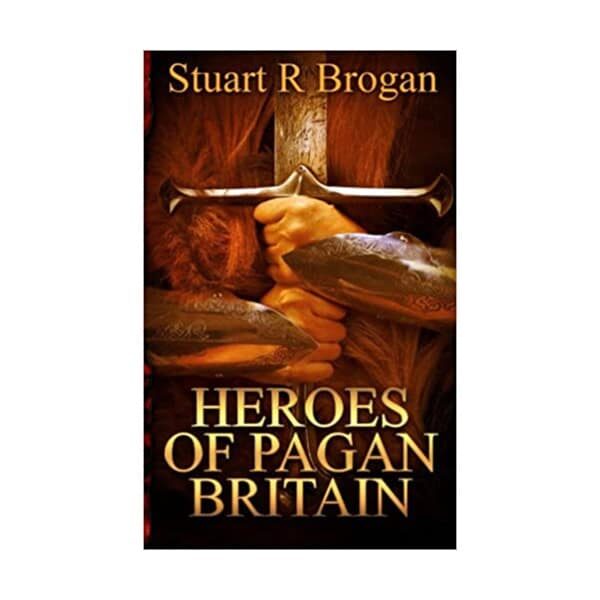
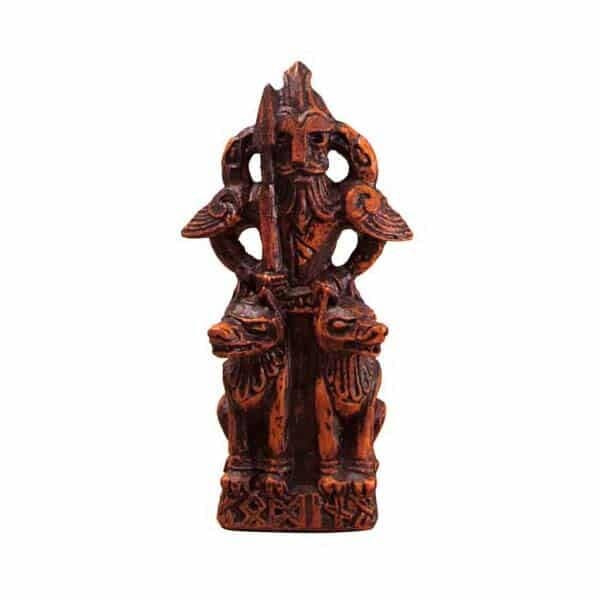
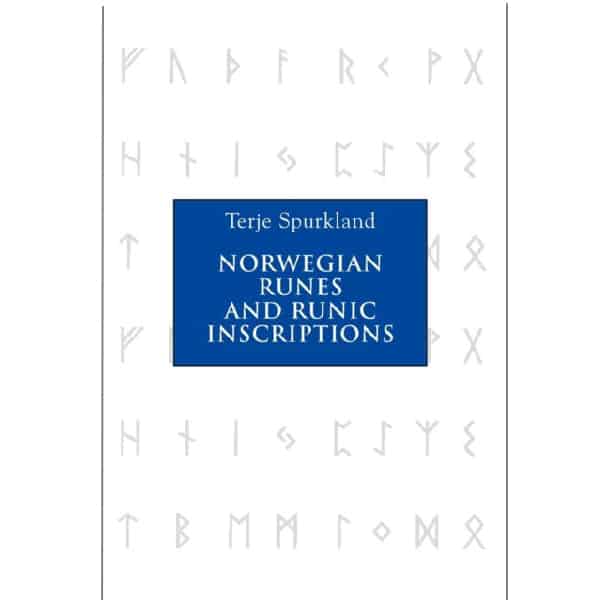
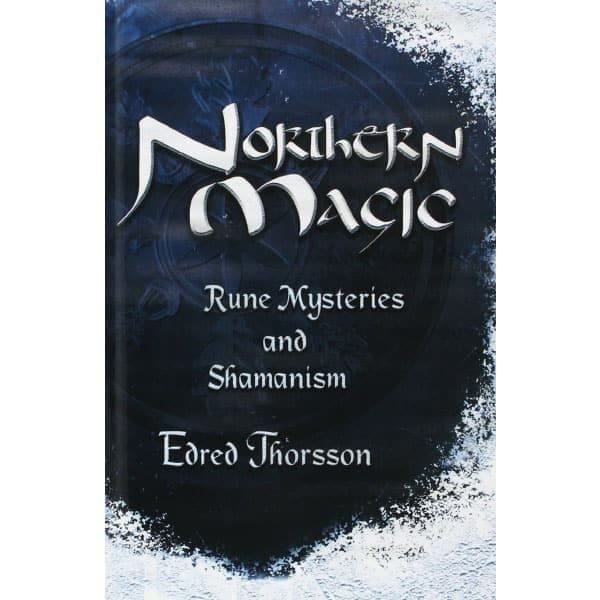
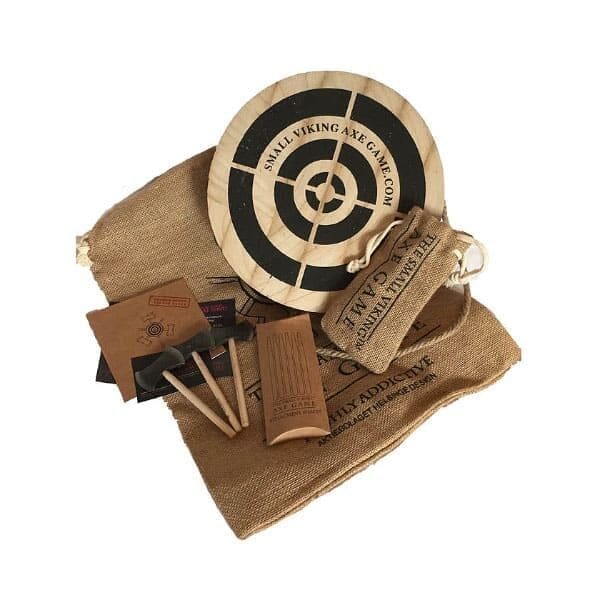
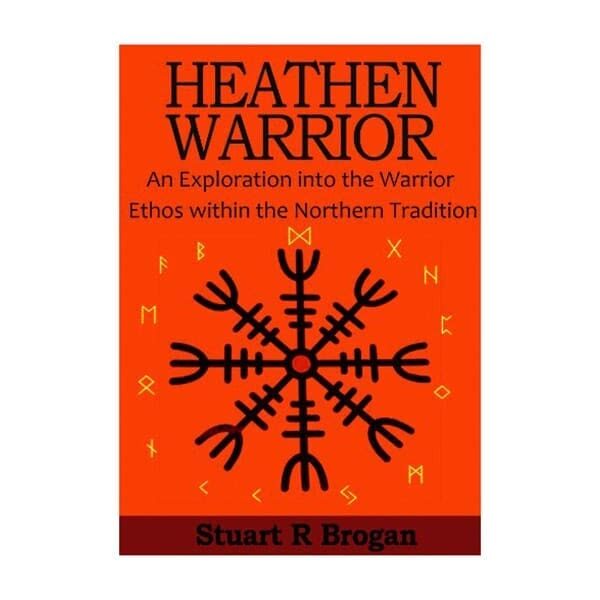
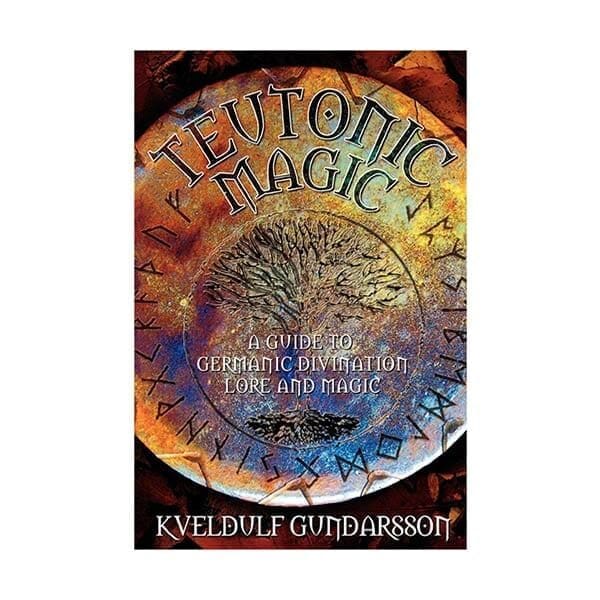
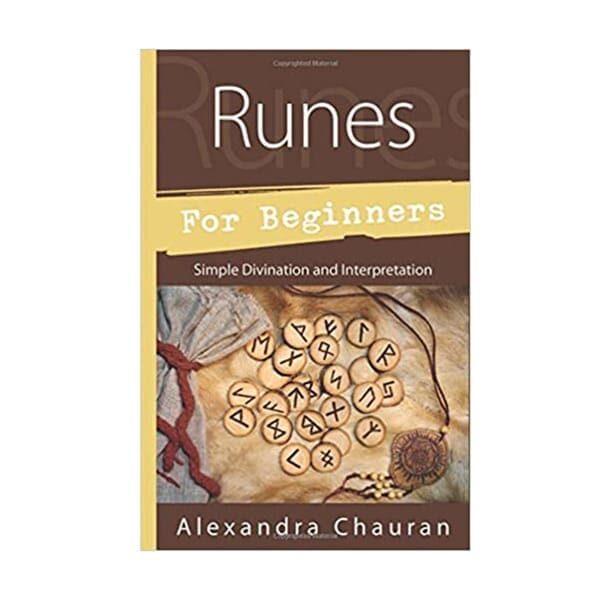
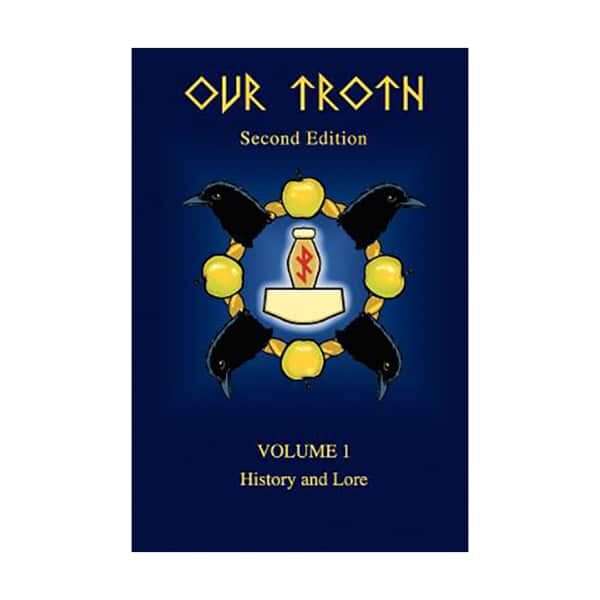
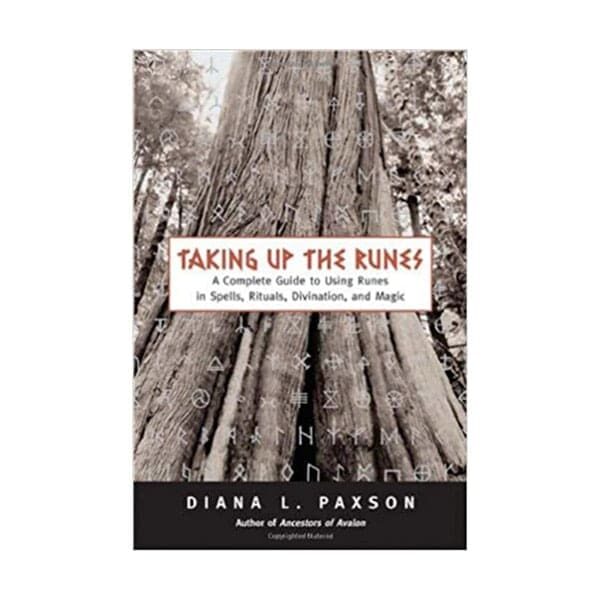
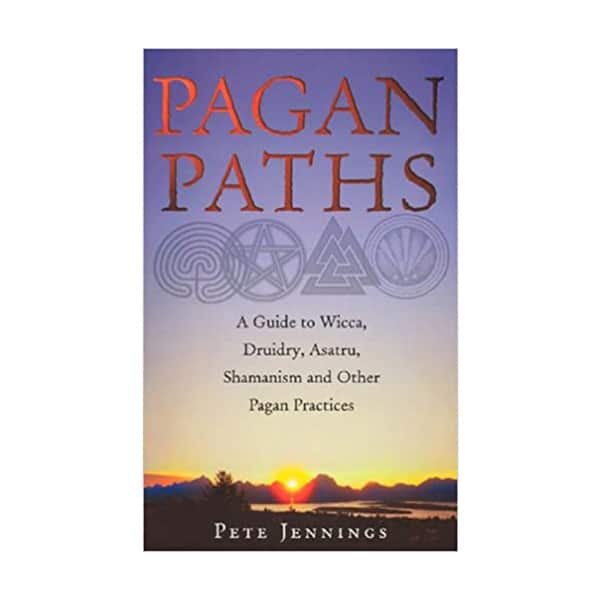
Reviews
There are no reviews yet.